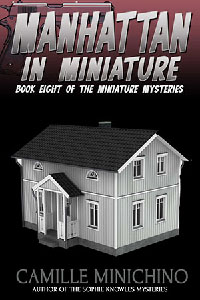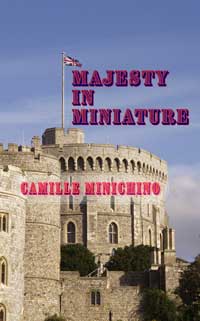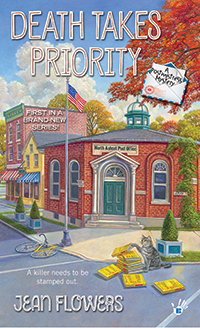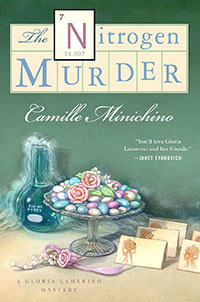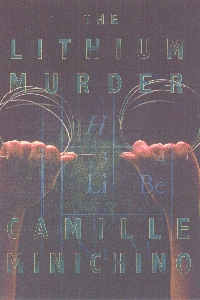I just finished “teaching” a writing class.
The ” ” here are to indicate that a good teacher, which I hope I am, does as much learning as teaching. Sometimes teachers aren’t interested in learning, but in simply transferring information. Sad, I think. Students answers to questions can be more interesting and enlightening than what the teacher expects.
There’s a famous example of this in the annals of physics teaching. As the story goes, a physics teacher posed this question on an exam and got surprising results.
Show how it’s possible to determine the height of a tall building using a barometer.
One student answered this way:
“Take the barometer to the top of the building and attach a long piece of rope to it. Lower the barometer until it hits the sidewalk, then pull it up and measure the length of the rope, which will give you the height of the building.”
What? The teacher expected a different answer, using the standard equation involving the difference in pressure at the top and bottom of the building.
When challenged to come up with “the right answer,” the student gave several. Among them:
1. Take the barometer out on a sunny day and measure the height of the barometer, the length of its shadow, and the length of the shadow of the building. Using simple proportion, determine the height of the building.
2. Take the barometer and begin to walk up the stairs. As you climb the stairs, you mark off the length of the barometer along the wall. You then count the number of marks, and this will give you the height of the building in barometer units.
And so on. If you’d like more than a dozen more methods, click here.
My favorite remains this one:
“Take the barometer to the basement and knock on the superintendent’s door. When the superintendent answers, say: ‘Mr. Superintendent, if you will tell me the height of this building, I will give you this barometer.'”
Thus, using a barometer (as a bartering tool) to determine the height of a building.
How would you grade this student?
** Legend has it that the student was Niels Bohr (1885-1962, Nobel Prize in physics, 1922), but then there might be other answers to this question.
 Filed Under :
Filed Under :  May.5,2016
May.5,2016





